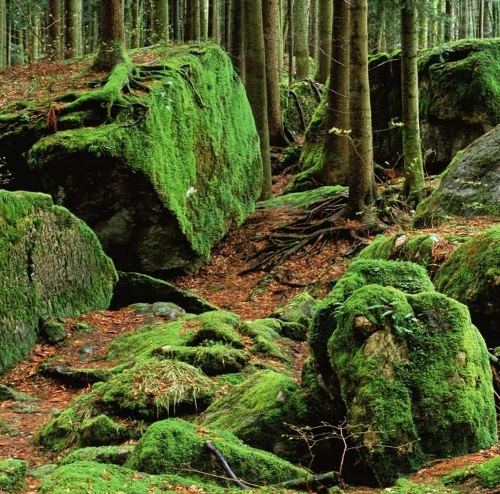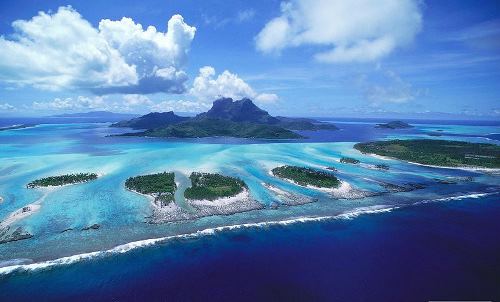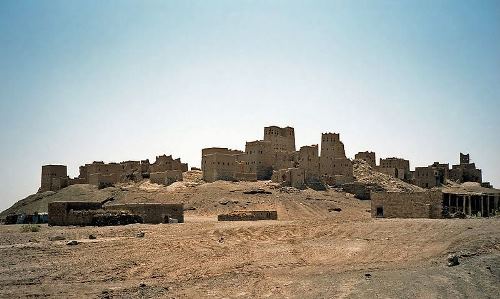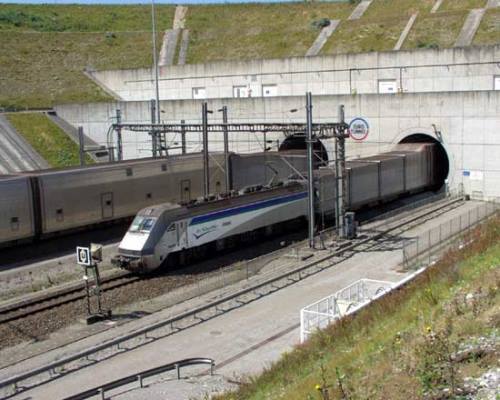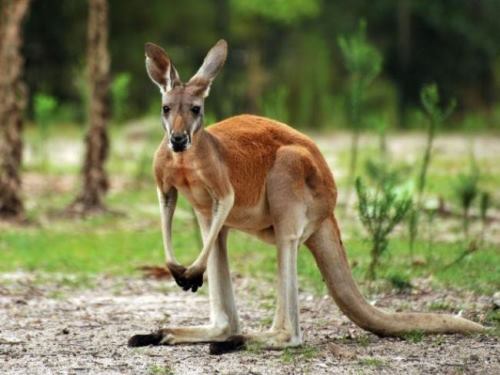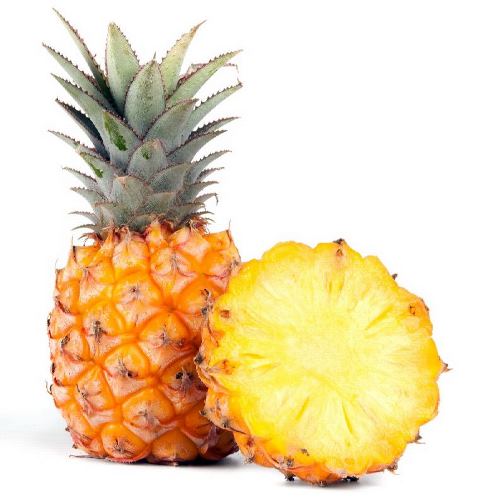St. Basil’s Cathedral in Moscow
St. Basil’s Cathedral, which stands in Moscow’s Red Square, was built for the Russian Czar Ivan the Terrible 460 years ago. According to legend, when it was completed Ivan lived up to his nickname and had the architect blinded, so that he could not build another.
The Cathedral’s domes have had to be repaired many times over the centuries, as the parts made of iron quickly rust, necessitating replacement every seven or eight years. Later the iron-clad patterned domes were given protective plating of durable copper. The job took about 40 tons of copper. The pieces were hand-forged to templates, and after being riveted were mounted on the domes.
The Cathedral was built on Red Square in 1555-1561. It is rightfully considered one of the main symbols not only of Moscow, but of the whole of Russia.
At the place where the cathedral is now, in the 16th century there was a stone Trinity Church. There was a defensive moat that stretched along the entire Kremlin wall along Red Square. This moat was filled up only in 1813. Now in its place there is the Soviet necropolis and the Mausoleum.
More »

